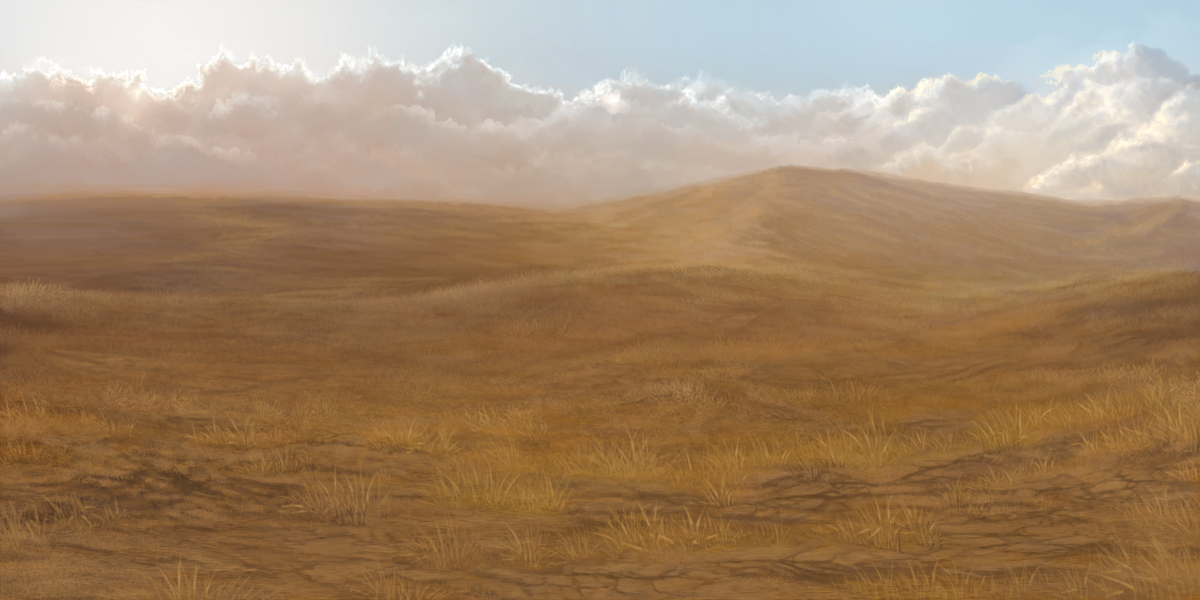Difference between revisions of "Barrens (range)"
Tao alexis (talk | contribs) |
Tao alexis (talk | contribs) |
||
| Line 25: | Line 25: | ||
<div style="column-count:4;-moz-column-count:4;-webkit-column-count:4"> | <div style="column-count:4;-moz-column-count:4;-webkit-column-count:4"> | ||
| + | * [[Berry Patch]] | ||
* [[Bog]] | * [[Bog]] | ||
| + | * [[Briar Patch]] | ||
| + | * [[Camp]] | ||
* [[Chalk Grassland]] | * [[Chalk Grassland]] | ||
| + | * [[Cultivation]] | ||
| + | * [[Dry Riverbed]] | ||
| + | * [[Gulley]] | ||
| + | * [[Pond]] | ||
| + | * [[River Rapids]] | ||
| + | * [[Rodent Warren]] | ||
| + | * [[Ruin]] | ||
| + | * [[Salt Lake]] | ||
| + | * [[Treenut Orchard]] | ||
| + | * [[Village]] | ||
| + | * [[Water Meadow]] | ||
| + | * [[Watering Hole]] | ||
</div> | </div> | ||
| − | |||
| − | |||
| − | |||
| − | |||
| − | |||
| − | |||
| − | |||
| − | |||
| − | |||
| − | |||
| − | |||
| − | |||
| − | |||
| − | |||
<br> | <br> | ||
WORKING... | WORKING... | ||
Revision as of 04:26, 6 September 2020
Barrens are dry grasslands with extant areas of sand, gravel or bare stone. The soil is relatively dry and poor, though they support herds of grazing animals, both wild and domesticated. They are widespread in cold climates and upon very high plateaus, where the vegetation growth period is not long enough to sustain trees. Typically, they receive less than 18 in. of rain per year. Agriculture is sparse and limited to river valleys and particular river deltas.
Grasses are able to survive in diverse climate conditions, so that they may grow in areas characterized by warm summers and bitterly cold winters, where most other plants could not thrive. This allows large grazing animals to also thrive upon these grasses, though considerable migration is necessary because any part of the barrens cannot support these herds for long. Herding is nomadic, with patterns of movement that range hundreds of miles, often moving from lowlands to highlands over ten thousand feet, to make best use of forage at different times of the year.
Barrens are especially vulnerable to attacks by large predators and beasts, who may strike from the air or conceal themselves by burrowing nearby herds. Rodents proliferate, as huge underground warrens can be built, allowing populations of tens of thousands of these animals spread over hundreds of square miles.
Coastal Barrens
Often called "heathlands," barrens are characterized by short vegetation, sparse tree cover and exposed bedrock. These are lands subjected to consistent windy conditions and salt-spray. They are very damp and humid, with much rain and drizzle, but as the soil is infused with salt, little grows except heather and gorse. Mires may occur where the drainage is poor, but are usually only small in extent. Birds are common.
Major Barrens
Barrens can describe the edges of several major deserts, as they act as a transition zone between deserts and more fertile lands. Additionally, a large barren land may have one or more small deserts within its boundaries, where the soil is at its worst and even grass does not grow. Below is a list of the extensive barrens in the world:
- High Atlas Grassland - juniper steppe along the Atlas Mountains
- Outer Mongolia Grassland - north and west of the Gobi Desert
- Persian-Turkestan Grassland - extending from central Persia to the Pamirs
- Sirtica - a transition between the Fezzan and Sahara
- Tibet - high plateau north of the Himalayas
- Western Plateau - undiscovered Australia
Common Features
Below is a list of elements and features that are common to barrens ranges:
WORKING...
